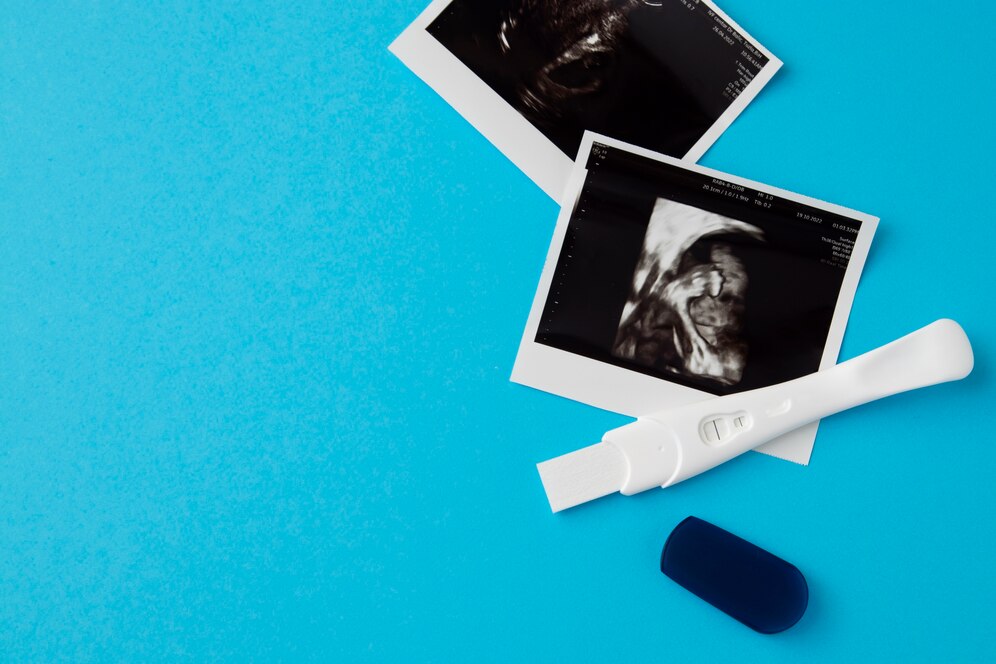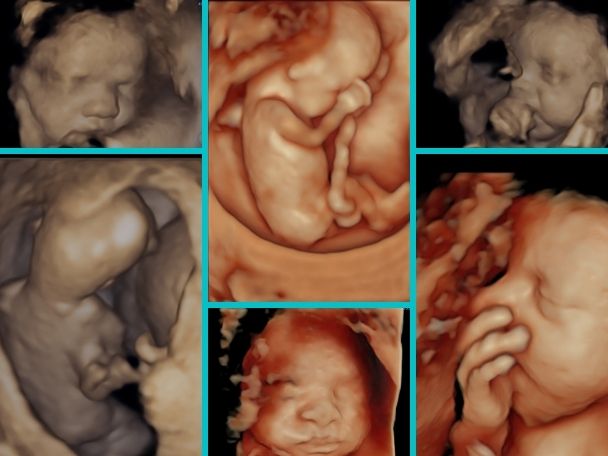
Why Every Parent Should Get 3D/4D Ultrasound Baby Pictures
Pregnancy is an exciting journey that is filled with joy and a little bit of nervousness. Every parent wonders what their baby will look like,

Ultrasound and sonograms are marvels of science and technology, allowing parents to see their babies while they are developing.
Moreover, it also gives several options for expecting mothers and doctors to monitor the baby, with three types—2D, 3D, and 4D ultrasound. Each type offers a new perspective on the visibility of the child inside the womb. Here is everything you need to know on which one type to pick:
Expecting mothers need regular checkups, one of which happens to be ultrasound examinations. These are used to monitor changes in fetus development and various other things. Sound waves emitted by an ultrasound device on the abdomen create an image of the fetus.
Black-and-white pictures from 2D ultrasounds give vital perspectives of the baby’s internal anatomy. These clear, flat images that highlight anatomical details are perfect for evaluating the health of the fetus.
3D ultrasounds are also used to give a three-dimensional image of the baby with emphasis on the contour of the baby’s face. The pictures show the baby’s exterior features, such as facial features in this case.
4D ultrasounds enhance the 3D experience by including motion and offering real-time videos of the baby’s movements in the womb. For parents, this dynamic view can record gestures, facial expressions, and even smiles, thus establishing a very emotional connection.
Since 2D ultrasounds are essential for assessing fetal development, identifying possible problems, and tracking the course of the pregnancy, they continue to be the gold standard for medical diagnostics in prenatal care.
Additionally, 2D ultrasounds play a crucial role in standard examinations like determining the size of the fetus, determining the location of the placenta, and analyzing the levels of amniotic fluid.
A 3D ultrasound helps diagnose physical abnormalities that may not be as obvious on a 2D scan, like cleft lip or spinal problems, by giving a clearer picture of the fetus’ external anatomy. It’s important to know that 3D ultrasounds are a supplemental tool in some diagnostic situations rather than being a replacement for 2D scans.
Thanks to the addition of movement in 4D ultrasounds, healthcare professionals can now see the fetus’s behavior and activity in real-time. This can be especially helpful in evaluating fetal health, such as breathing patterns and other reflexes. Although 4D ultrasounds are not commonly used for diagnostics, they can still provide more information about the fetus’s health and development.
4Baby Ultrasound allows you to capture memories of expecting mothers. This also allows you to share your unique experience with others around you. We are confident that your time with us will create enduring memories and strengthen your family’s bonds. You can enjoy our spacious viewing rooms with your family.
So, don’t wait and capture the best moment in your life. Join us at 4Baby Ultrasound today!

Our 4 Baby ultrasound and sonogram sessions allow you to see your unborn baby in 2d, 3d, and 4d live motion with a 3D/4D/HD ultrasound at our locations in Texas, serving Dallas, Fort Worth, Waxahachie, Ennis, Grapevine, Frisco, Flower Mound and Tyler Texas as well.

Pregnancy is an exciting journey that is filled with joy and a little bit of nervousness. Every parent wonders what their baby will look like,

Shopping for a baby shower gift can be tricky. With so many options, how do you know what the parents really need? A gift card
2025 © 4babyultrasound All rights reserved | Powered by 4Baby Ultrasound & Photography Boutique